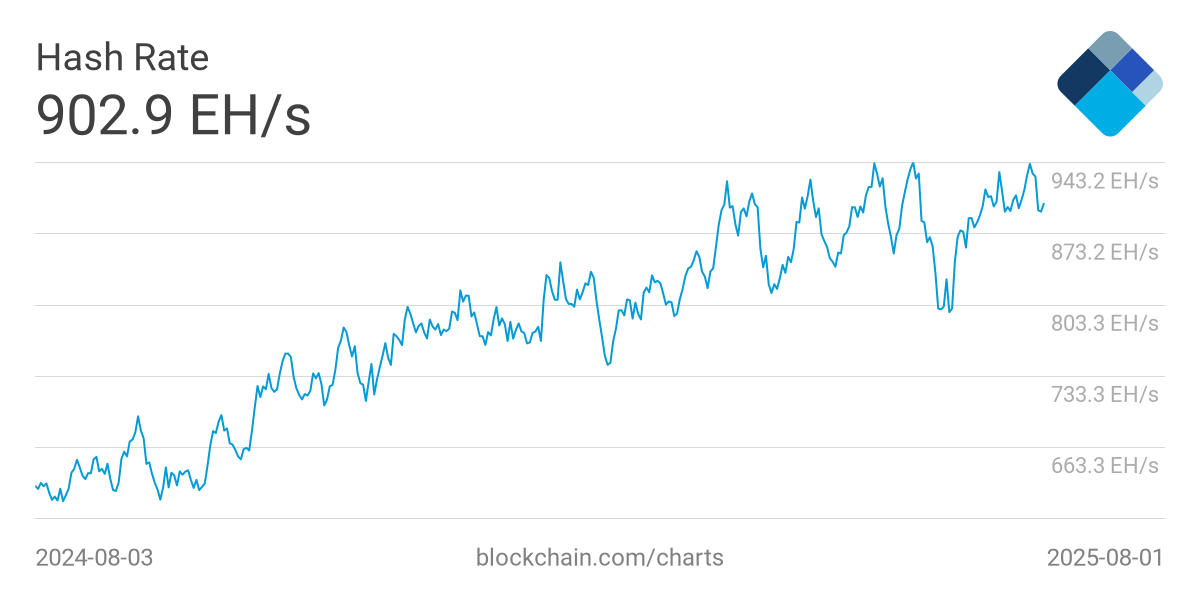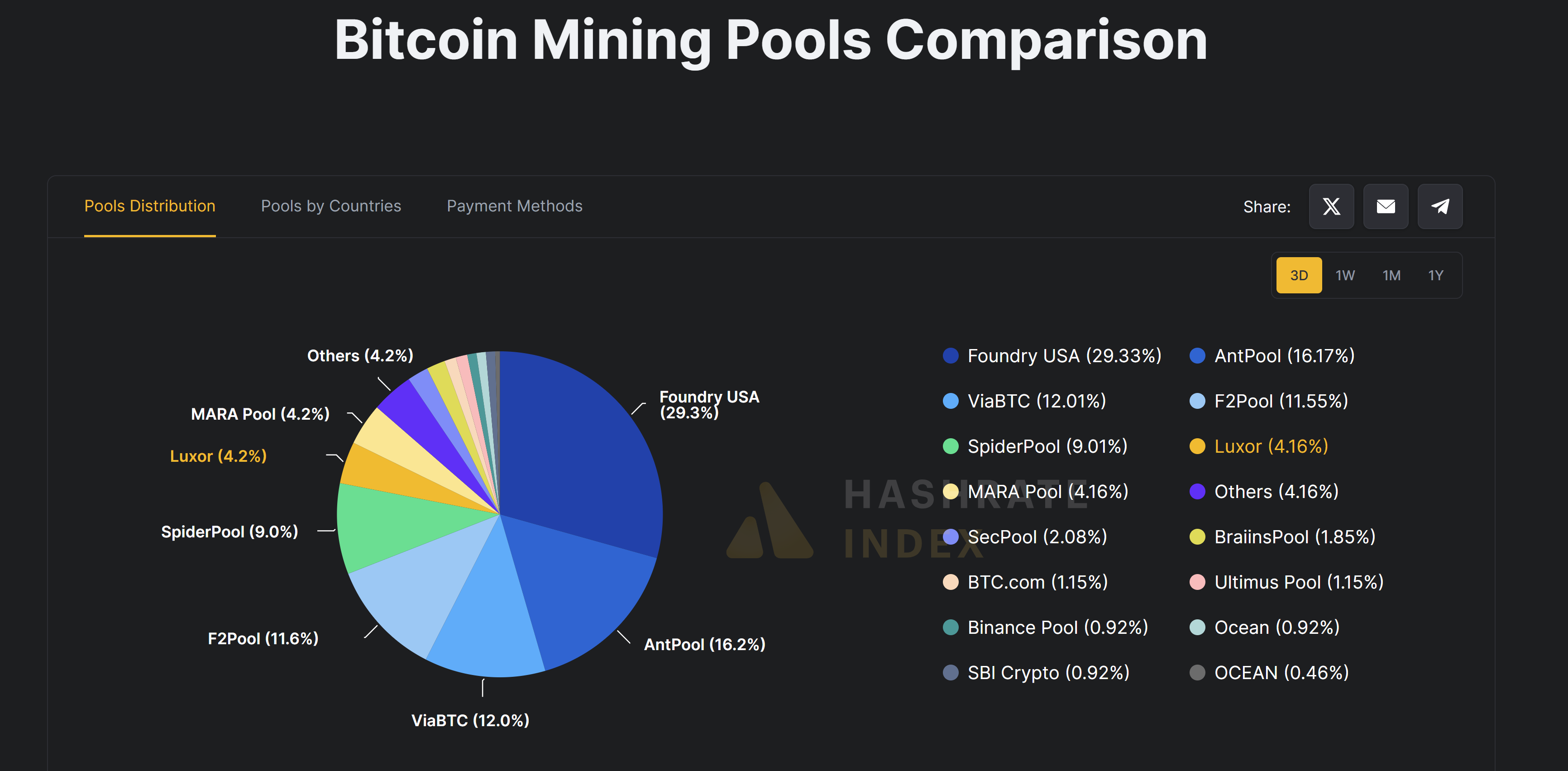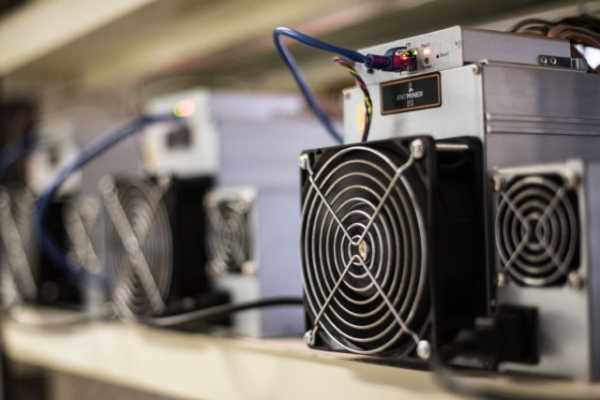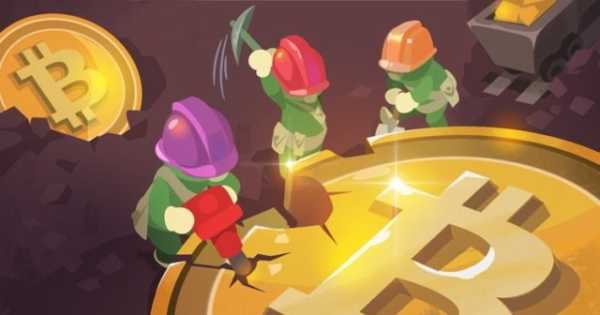Small tweaks, big wins: is solo bitcoin mining making a comeback?

Solo miners are taking risks by successfully earning a reward for an entire Bitcoin block, even as the network's hashrate approaches all-time highs.
According to Blockchain.com, the Bitcoin (BTC) network hashrate is around 902 exahashes per second (EH/s) at the time of writing, slightly below the record. This level indicates increased competition and difficulty, implying that solo miners have a good chance of succeeding in a Bitcoin block.
However, last week, one solo miner challenged all odds by mining block 907,283 via the Solo CK pool and receiving a total reward of 3.125 BTC, which was valued at over $372,000 at the time. The miner also received an additional $3,436 in transaction fees.
This victory was no exception. Earlier in July, another miner with a computing power of only 2.3 petahashes also received a full block reward, and similar successes were recorded in June, March and February.
“We are seeing solo miners winning blocks not through luck, but through high-performance, efficient hardware,” Samuel Lee, CTO of ASICKey, told Cointelegraph. He added that modern miners are designed to deliver “significant hashrate” with the same power consumption as traditional rigs.
 Bitcoin Network Hashrate. Source: Blockchain.com
Bitcoin Network Hashrate. Source: Blockchain.com
Related: Solo Bitcoin Miner Receives $373,000 Block Reward
Efficiency in focus
For solo miners, efficiency is a key priority, Lee said. “For example, our KEYMINER A1 consumes only 650 watts and delivers 1,100 TH/s on Bitcoin, resulting in a monthly profit of about $1,200. Those who diversify their business by investing in altcoins can earn up to $3,800 per month mining Dash,” he added.
The KEYMINER A1 is part of the ASICKey hardware lineup, introduced last November, which also includes the KEYMINER X and KEYMINER PRO.
According to the company, the KEYMINER X delivers 2,300 terahash per second (TH/s) of performance with a power consumption of 1,300 watts, while the PRO model reaches up to 5,800 TH/s with a power consumption of 2,800 watts. In the current market conditions, the company estimates the monthly profitability of the PRO to be up to $6,300.
However, despite the improvement in the efficiency of application-specific integrated circuits (ASICs), “the fundamental odds [of solo miners winning] have not changed significantly,” Lee said.
“Solo mining is still very much a lottery unless you have tens of PH/s, which is the minimum realistic level to have a measurable statistical chance of success in a reasonable time frame,” he added.
Lee explained that at the current Bitcoin network hashrate, a miner with one petahash (PH/s) has about a 1 in 650,000 chance of solving a block every 10 minutes. One petahash (PH/s) is equal to 1,000 terahashes (TH/s).
Related: Tether Plans to Open-Source Bitcoin Mining OS; CEO Says Third-Party Providers 'Not Necessary'
Why do miners work alone?
Lee confirmed that there has been a “small surge” of interest in solo mining, but for different reasons. “Some miners are going down this route not for the predictable income, but for the chance to get a big reward — 6.25 BTC plus fees — which can be the difference between winning and losing,” he said.
While monetary incentives play an important role, some are driven by ideological motives that value network decentralization and the ability to operate independently of centralized mining pools.
According to the Hashrate Index, American mining pool Foundry USA continues to hold a leading position in Bitcoin mining, controlling 29.3% of the total hashrate. AntPool follows with 16.2%, while ViaBTC and F2Pool hold 12.0% and 11.6%, respectively.
 Bitcoin Mining Pools. Source: Hashrate Index.
Bitcoin Mining Pools. Source: Hashrate Index.
If one pool (or several pools working together) controls more than 50% of the hashrate, they could theoretically perform a 51% attack, allowing them to double-spend their coins. While this is a rare and resource-intensive event, it undermines trust in the network.
“Ultimately, more individual miners, especially those using clean energy and efficient hardware, could create a healthier and more decentralized Bitcoin network, consistent with the original idea of open participation,” according to the
Source: cryptonews.net



